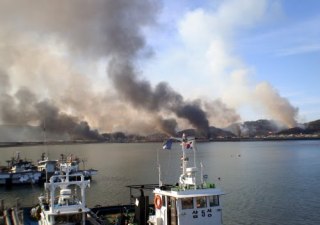Introduction
Troubled Times for Work
Closing
Back To Top
Introduction
Today’s editorial isn’t based on any one article so much as it is on experience and general reading.
Back To Top
Troubled Times for Work
Those currently in their 20s are media darlings, in their own strange way. No, we aren’t all starring in a hip new TV show or sporting roles as extras in an upcoming movie of tremendous importance. Instead, we’re bucking the trend that’s been accepted and unquestioned practice in the Western world for centuries.
Many of us who have taken the road of education to get where we are are not quite where we expected ourselves to be. We’re living with our parents and/or working a job that doesn’t require our university or college-acquired knowledge possibly to pay off debt incurred by that education. If you’re in your 20s, chances are, at least one of those is true for you – possibly even all three are.
Reading through articles found on my own and passed onto me by friends and family, it seems that society as a whole is quite disturbed by this. Post-secondary-educated youth living with their parents into their late 20s? Humanities majors and masters serving coffee and waiting tables? Massive debt holding the youth back? The second question may not be anything new, but it’s still mentioned consistently enough.
Yet, as direly scarce as fitting employment may be and as impossible as the prospects of following the old “high-school –> post-secondary –> work” life model appear, this doesn’t necessarily mean that society is in crisis. Rather, it’s in the middle of an opportunity.
As difficult as it can be to stride through debt, go back to living with your parents, or to work a job that you could’ve been hired for fresh out of high school, the old life model’s being disrupted gives those of us in these situations the chance to do something different. It gives us all a chance to step back and to really ask what we want to do with ourselves and what we need to do in order to get there.
The economy is still stabilizing, and the job market is as rocky as ever. But passion is as important as ever, and it’s something that can be started anywhere, even if you’re not working in the safe and secure 9-5 style job that the old life model dictates. It’s strange, and it can be frightening, but we’ve gone off model and it’s for the better.
Back To Top
Closing
Check back here on Friday for a journey amidst ribald jokes looking for gems in Your Highness.
And, in the meantime, be sure to check out my video game writing here.



